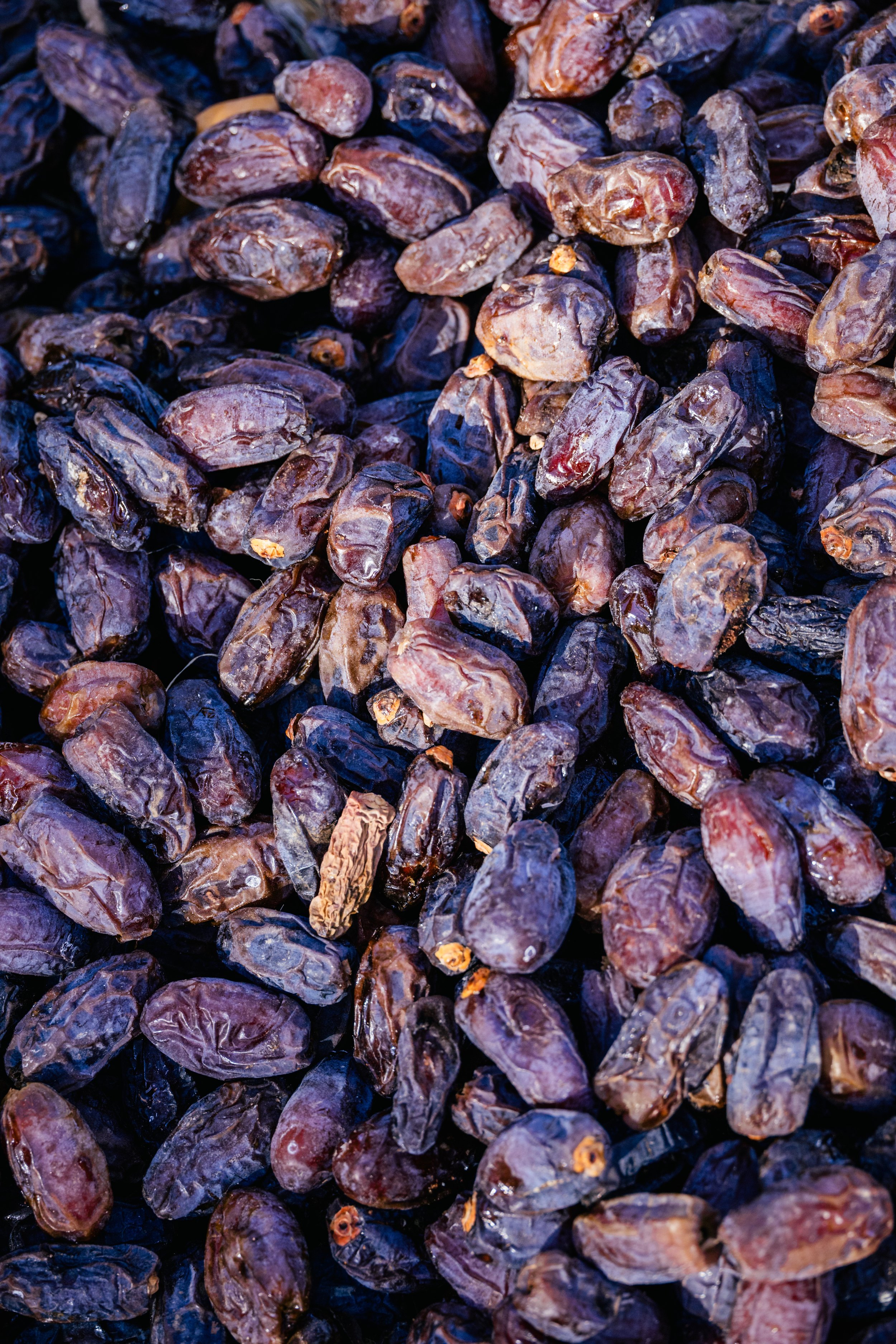Behind the Scenes of a Medjool Date Harvest in Bard Valley, California
Medjool dates are in season from August through October. As a storage crop, they require extensive manual labor and careful planning. Harvesting dates from palm trees is a multi-step process—and here’s how it all happens!
I had the most incredible time harvesting Natural Delights Medjool Dates in Bard Valley, located in Southern California. They hosted a fantastic field tour where we learned to harvest dates by hand, attempted to sort them, and even packaged them just like they would for the grocery store.
It all began in 1944, when Morocco asked the United States for help in saving Medjool date palms from extinction. In response, six Medjool palm shoots were sent to Bard Valley, California, in hopes they would thrive. Today, those original trees have helped establish Bard Valley as the largest Medjool date-growing region in the U.S.
1. Planting
Bard Valley’s soil is uniquely suited for growing date palms—it used to lie beneath the Colorado River, leaving behind rich, fertile ground. In fact, dig just six feet down and you’ll find water. A Medjool palm takes about six years to produce fruit from a young shoot. The trees grow roughly one foot per year and can reach impressive heights if left untrimmed!
2. Growing
Caring for Medjool date palms is a year-round commitment that requires both precision and patience. Early in the year, farmers begin by removing sharp thorns and thinning out the fruit clusters to ensure better airflow and growth. These thorns are no joke—they’re tough enough to pierce through gloves and even shoes.
When the date palm flowers bloom, crews hand-pollinate each one—a critical step to ensure a healthy crop. Later, they return to thin out the developing fruit. Without this step, the dates remain small and underdeveloped; thinning helps concentrate the tree's energy into producing larger, premium-quality fruit.
As the fruit grows heavier, farmers must tie the branches together to prevent them from snapping under the weight. At the same time, they place a metal ring inside protective mesh bags, spacing the dates apart to improve airflow and reduce spoilage. Finally, 2–3 weeks before harvest, they tie off the ends of the bags to protect the ripening dates from hungry birds.
3. Harvest
Medjool dates begin to ripen in August and continue through October, making late summer and early fall the peak of harvest season. Once the dates reach peak ripeness, they must be harvested within 2–3 weeks to ensure quality. Sunny, dry weather is ideal—rain can cause the dates to sour or spoil more quickly, significantly reducing their shelf life.
During my visit to Bard Valley, I had the incredible opportunity to harvest Medjool dates myself! First, the team suited me up with a safety harness and clipped me into a platform attached to a tractor, which lifted us high into the date palms.
At the top, I watched skilled harvesters at work before giving it a try myself. I grabbed one of the mesh bags hanging from a palm and gave it a firm shake. Because the dates were fully ripe, they fell easily from the branches into the bag. Then, I untied the bag and let the dates drop into large collection baskets below. Once a basket was full, it was lowered to the ground by rope to be sorted into trays for the next steps in the date packing process.
4. Get ready for the store
Once the trays of harvested Medjool dates are full, a forklift removes them from the tractor and replaces them with empty ones to keep the harvest moving efficiently. The full trays are transported to the sorting facility, where dates are categorized based on color and ripeness.
A fully ripe Medjool date is deep brown and slightly wrinkled, while an unripe date appears more yellow and plump. Ripe dates are immediately flash-frozen to lock in freshness and preserve their quality—thanks to their naturally low moisture content, this method works exceptionally well for long-term storage.
Dates that are not yet ripe are placed in controlled ripening chambers set to approximately 135°F. These chambers mimic the warm desert conditions of the palm grove, helping to speed up the natural ripening process without compromising flavor or texture.
At Natural Delights, date sorting and ripening take place in one facility, while final date packaging is done at another specialized location to ensure top quality from palm to package.
Alexandra Rae is an agriculture expert and marketer sharing food and farm stories from the ground up through photography. Her passion is to connect consumer and farmer through her blog and social media. Learn more…










